When the sun sets over Milan, the city doesn’t sleep-it switches gears. The same streets that buzz with designers and shoppers by day transform into pulsing corridors of music, cocktails, and laughter after dark. If you think Milan is all about fashion shows and quiet espresso bars, you’re missing half the story. The nightlife here isn’t flashy like Berlin or wild like Ibiza. It’s sleek, stylish, and deeply Italian-where the art of lingering over a drink matters more than how long you dance.
Where the Locals Go After 10 PM
Forget the tourist traps near Duomo. The real Milan nightlife starts in Brera, Navigli, and Porta Venezia. In Brera, narrow cobblestone alleys hide hidden bars like Bar Basso, where the Americano was invented in 1925. It’s still the go-to spot for professionals unwinding after work. Order a classic Negroni, sit at the marble counter, and watch the city’s elite sip slowly-no rush, no noise, just perfect balance.
Head south to Navigli, the canal district. This is where Milanese families and young creatives gather on weekends. The area comes alive after 9 PM with outdoor seating lining the water. Try La Baita for craft beers brewed in Lombardy, or Bar del Fico for cocktails made with local herbs and seasonal fruit. The vibe here is relaxed, not clubby. People talk. They laugh. They stay until 2 AM.
Clubbing in Milan: It’s Not About Loudness
If you want to dance, Milan has clubs-but they don’t blast bass at 130 decibels. The best ones focus on sound quality, curation, and atmosphere. La Scala Club (not to be confused with the opera house) is tucked under the train tracks near Porta Genova. It’s a warehouse-turned-venue with a reputation for underground techno and house. The crowd is international but dressed in minimalist black. No logos. No flash. Just music that moves.
For something more upscale, Magazzini Generali in the Isola district offers a mix of jazz, soul, and electronic sets. It’s open on Friday and Saturday nights, and the lighting is soft, the speakers are high-end, and the drink menu includes rare Italian amari. You won’t find a bouncer checking your designer bag here-just a quiet nod and a glass of sparkling Prosecco.
Most clubs don’t start filling up until after midnight. Arrive too early and you’ll be the only one there. Wait until 1 AM, when the real crowd rolls in. Dress well-clean lines, dark tones, no sneakers. Milan doesn’t punish you for being overdressed, but it will notice if you’re underdressed.
Where to Find the Best Cocktails
Milan is one of the few cities in the world where bartending is treated like a fine art. The city has more cocktail bars per capita than any other in Italy. Officine Universali Bizzarre in the Brera district is a speakeasy behind an unmarked door. You need to text a code to get in. Inside, mixologists craft drinks with house-infused spirits and edible flowers. Try the “Milanese Sunset”-gin, Campari, blood orange, and a hint of rosemary.
At Bar Basso, the same bar that birthed the Americano, the cocktail menu changes seasonally. Their signature drink, the “Aperol Spritz”, is served with exactly three ice cubes, a splash of soda, and a slice of orange. No substitutions. No selfies. Just tradition.
Don’t skip Bar Luce, designed by Wes Anderson. It’s a retro 1950s Italian café inside the Fondazione Prada. It’s not a club, but it’s perfect for a quiet nightcap with a view of the courtyard. The espresso is strong. The pastries are handmade. And the silence between conversations? Priceless.
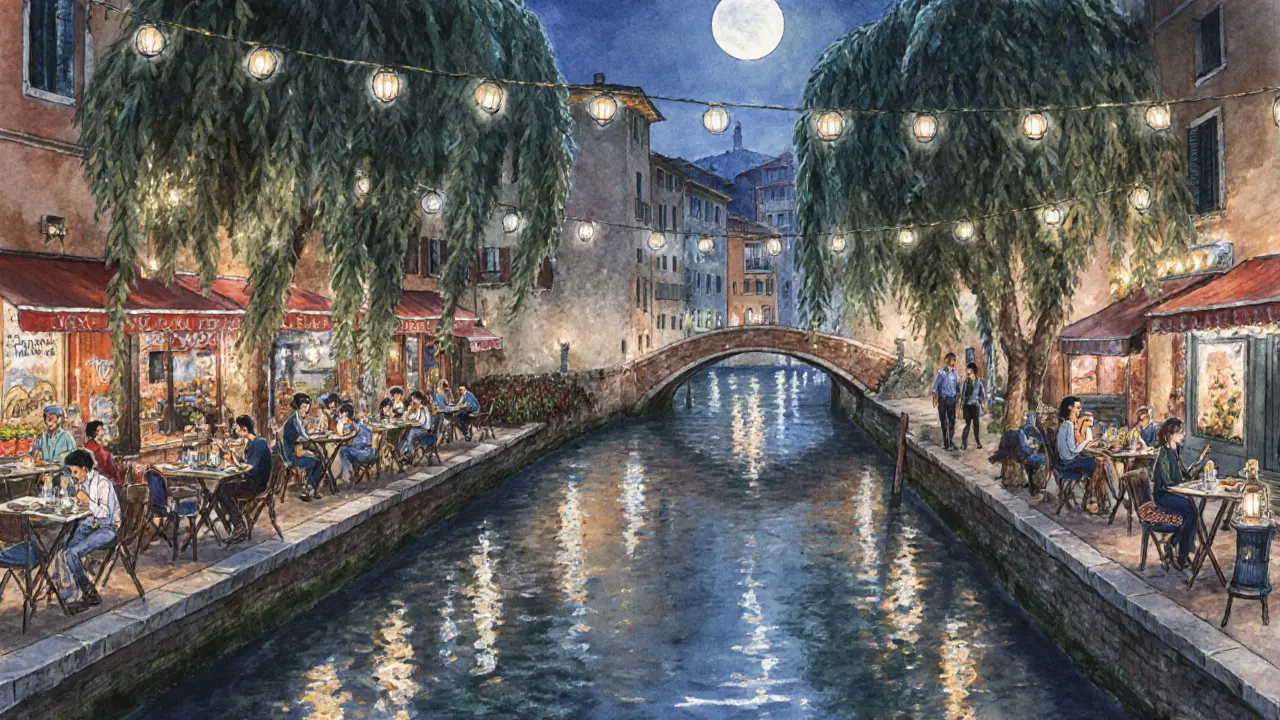
Live Music and Jazz Nights
Milan isn’t just about electronic beats. The city has a thriving jazz scene. Blue Note Milano is the most famous jazz club in Italy. It’s hosted legends like Chet Baker, Herbie Hancock, and Diana Krall. Tickets sell out fast, so book ahead. The room is small, intimate, and acoustically perfect. You’ll hear every brush of the snare, every breath between notes.
For something more experimental, check out Teatro degli Arcimboldi on weekends. It’s not a traditional club-it’s a cultural space that hosts live electronic sets, avant-garde performances, and spoken word nights. The crowd is younger, more diverse, and open to anything. You might hear a DJ blending Milanese folk songs with house beats. It’s weird. It’s wonderful.
When to Go and How to Get Around
The nightlife here doesn’t follow the same rhythm as other European cities. Bars open around 7 PM, but the real energy starts at 10 PM. Clubs don’t hit full capacity until 1 AM. Most places close between 3 and 4 AM. If you’re planning to go out, don’t expect to be done by midnight.
Public transport shuts down around 1:30 AM. After that, your best bet is a taxi or ride-share. Uber operates in Milan, but local apps like Free Now and Beat are cheaper and more reliable. Walking is fine in central areas like Brera or Navigli-but avoid poorly lit side streets after midnight. Stick to the main avenues.
Friday and Saturday nights are packed. Sunday is quiet. Wednesday and Thursday are surprisingly good if you want to avoid crowds. Some clubs offer free entry on weekdays if you arrive before 11 PM.
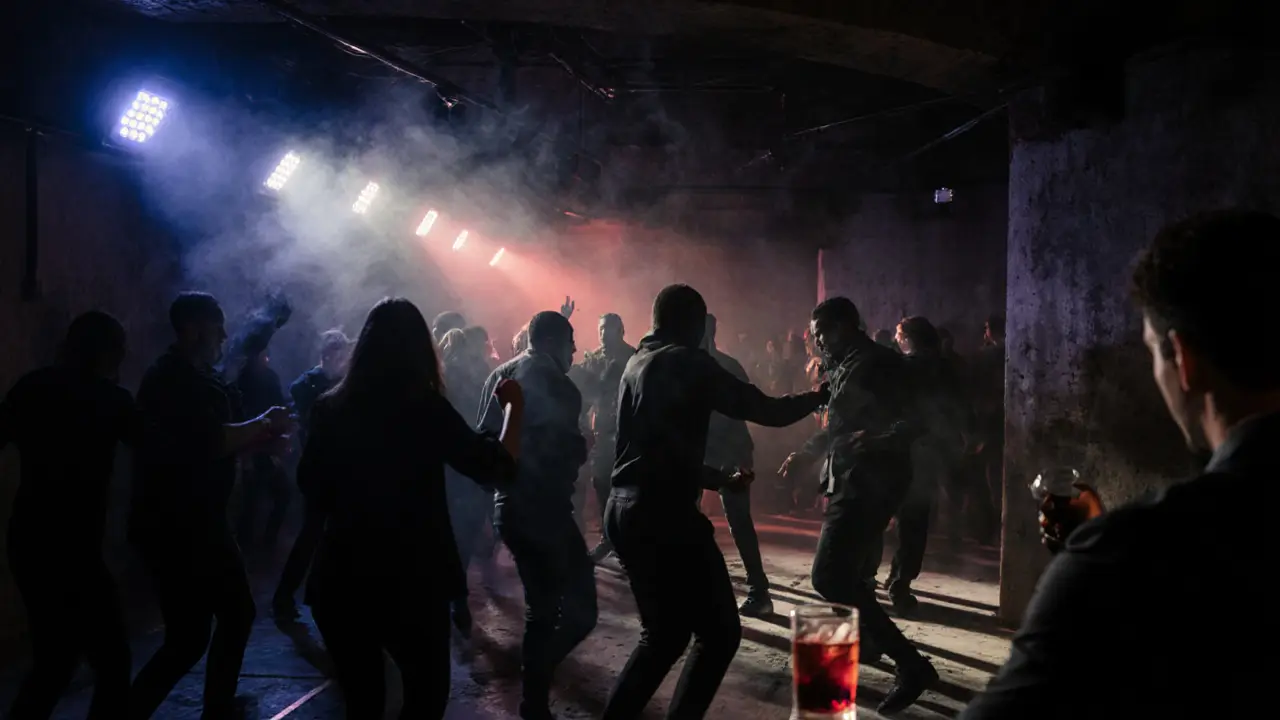
What to Avoid
Don’t go to clubs that advertise “happy hour” with cheap shots and neon lights. Those are for tourists. Real Milanese nightlife doesn’t need gimmicks. Avoid bars that have English-only menus or host “English-speaking nights.” They’re usually overpriced and underwhelming.
Don’t expect to walk in without a dress code. Even casual clubs like Magazzini Generali require clean, stylish clothing. No flip-flops. No baseball caps. No baggy jeans. Italians notice details. They notice if you’re trying too hard-or not trying at all.
And don’t try to haggle over prices. A €12 cocktail in Navigli isn’t expensive-it’s standard. You’re paying for the atmosphere, the skill, the history. Tip isn’t expected, but leaving a euro or two on the table is a quiet sign of appreciation.
Final Tips for a Perfect Night Out
- Start with an aperitivo. Between 6 and 8 PM, many bars offer free snacks with your drink. Think olives, crostini, and small plates. It’s a Milanese ritual.
- Learn to say “Un Aperol Spritz, per favore.” It’s not just a drink-it’s a cultural handshake.
- Carry a light jacket. Even in summer, nights near the canals get chilly.
- Use Google Maps offline. Some alleys in Brera have no street signs.
- Speak a little Italian. “Grazie,” “Per favore,” and “Un altro, per favore” go a long way.
Milan’s nightlife isn’t about getting drunk. It’s about savoring the moment. It’s about conversation that lasts longer than the music. It’s about feeling the rhythm of a city that knows how to live well. You don’t need to be rich. You don’t need to be famous. You just need to show up, slow down, and let the night unfold.
What’s the best time to start a night out in Milan?
Most Milanese start their evening with an aperitivo between 6 and 8 PM. Bars fill up around 9 PM, and clubs don’t get busy until after midnight. Plan to arrive at your first spot around 9:30 PM to catch the vibe without the rush.
Is Milan nightlife safe for solo travelers?
Yes, Milan is generally safe for solo travelers at night, especially in central areas like Brera, Navigli, and Isola. Stick to well-lit streets, avoid unmarked alleys after midnight, and use official taxis or ride-share apps. Most venues have security, and locals are friendly if you ask for directions.
Do I need to book tickets for clubs in Milan?
For major clubs like La Scala Club or Blue Note Milano, booking ahead is recommended-especially on weekends. Smaller bars and casual venues don’t require tickets. Always check the venue’s Instagram or website for event details and entry policies.
What’s the dress code for Milan nightclubs?
Dress smart-casual. Men: dark jeans or chinos, clean shoes, button-down shirt or polo. Women: dresses, tailored pants, or stylish separates. Avoid sneakers, hoodies, baseball caps, and anything too flashy. Milanese style is understated elegance-not loud or casual.
Are there any free nightlife options in Milan?
Yes. Many bars offer free aperitivo snacks with your drink between 6 and 8 PM. Navigli is great for a free evening stroll along the canals with live music on weekends. Some cultural centers like Fondazione Prada host free evening events. Check local listings for pop-up jazz sessions or art gallery openings after hours.
If you’re looking for more than just a night out, explore Milan’s after-hours culture: late-night bookstores in Brera, 24-hour espresso bars near Porta Ticinese, or rooftop lounges with views of the Duomo. The city doesn’t shut off-it just changes tempo. And if you’re lucky, you’ll find yourself sitting on a bench at 3 AM, sipping a final espresso, listening to the city breathe.


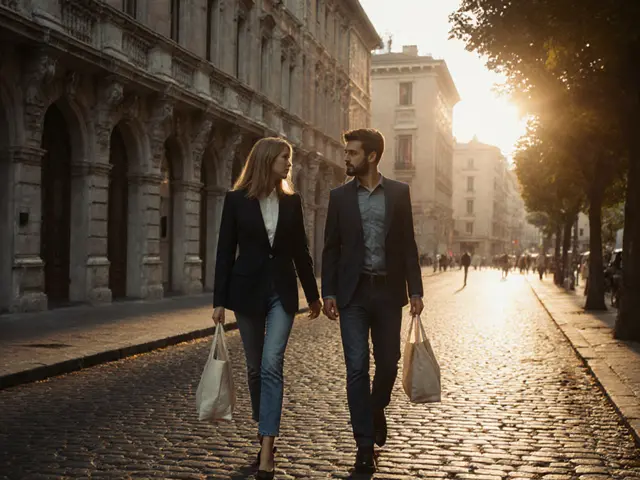
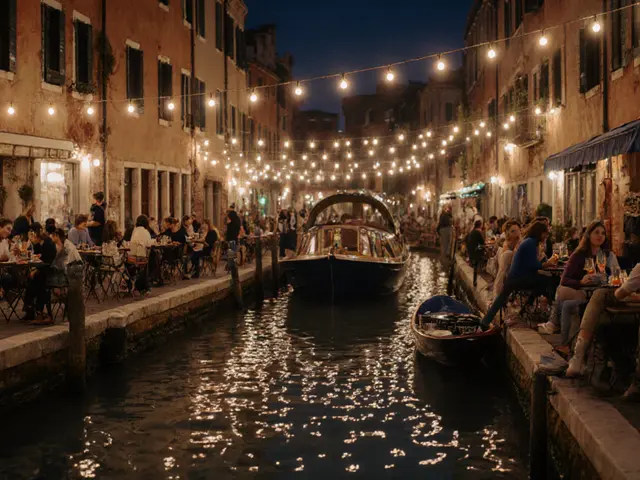
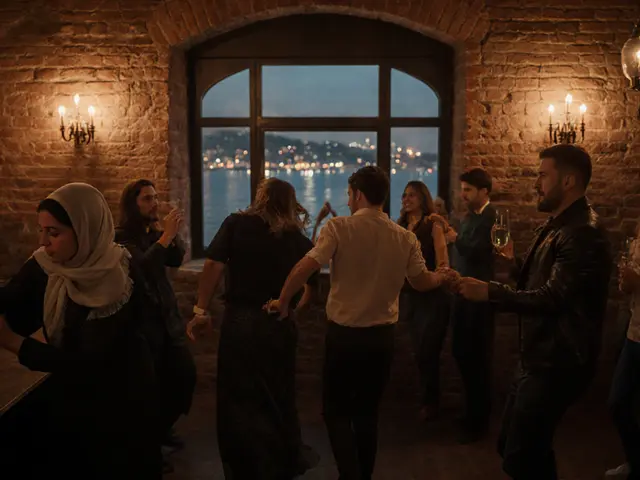
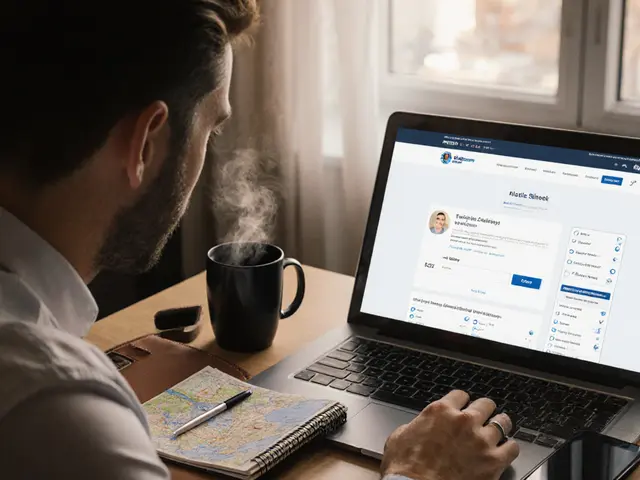
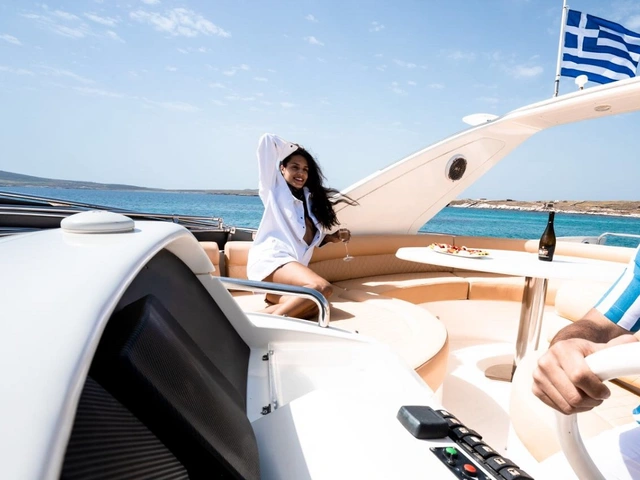
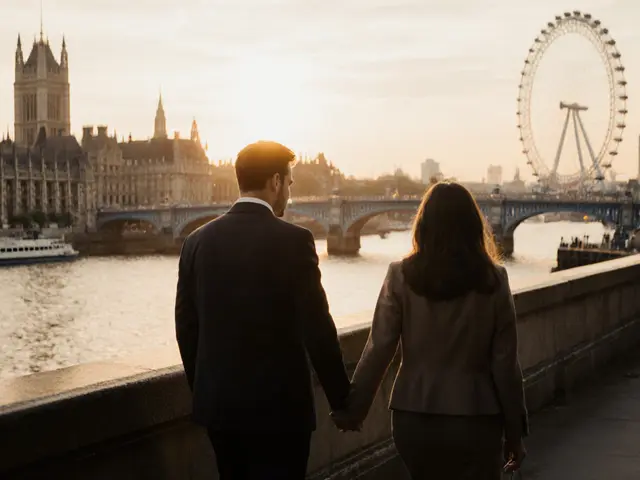
Write a comment